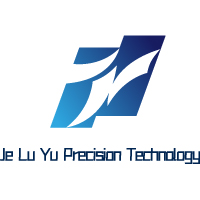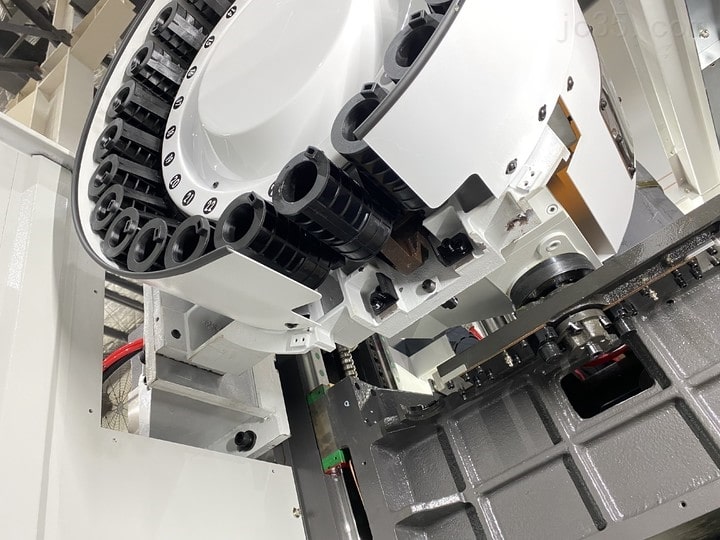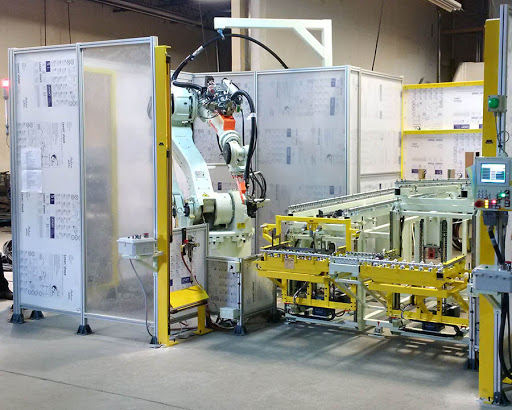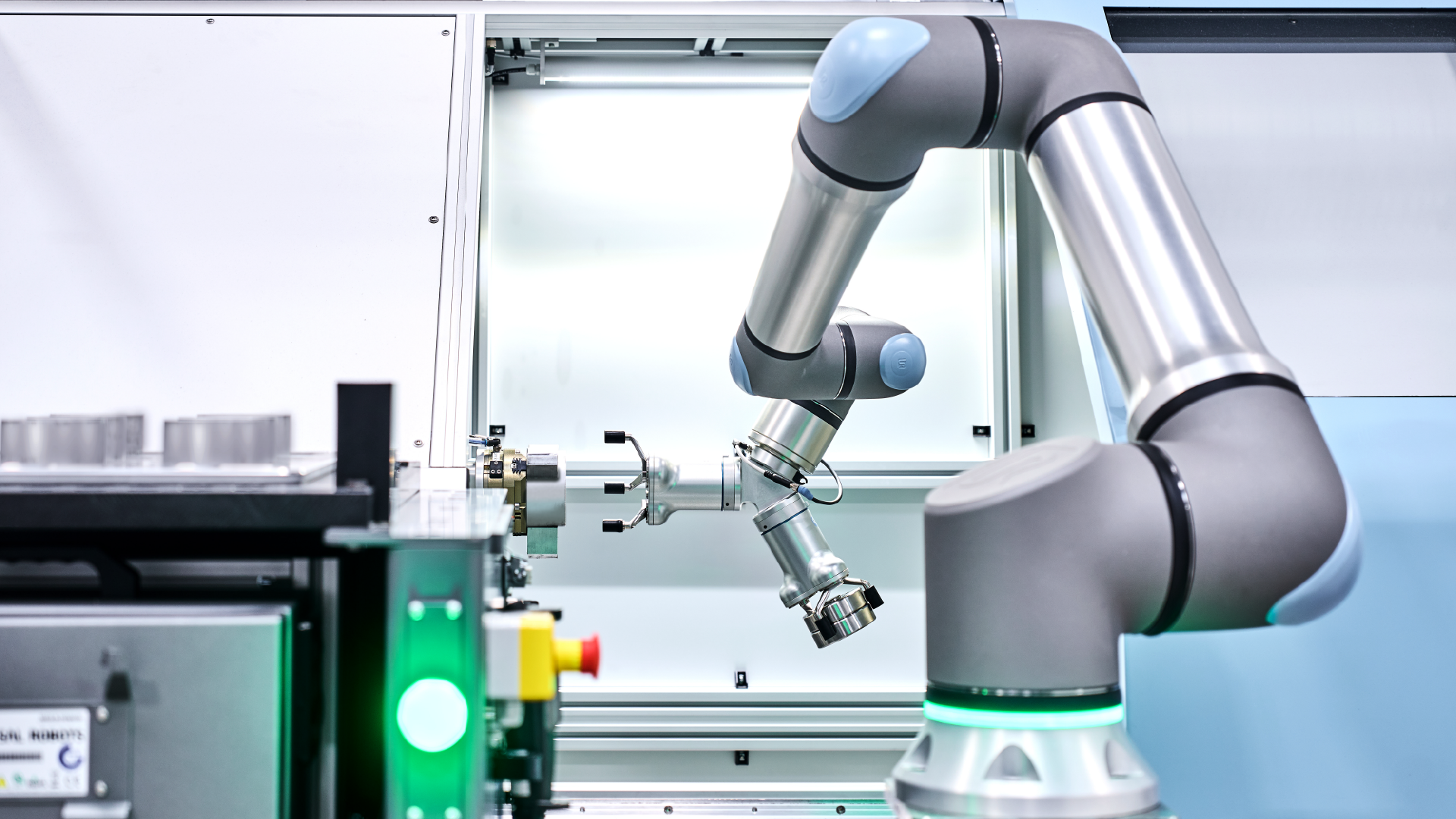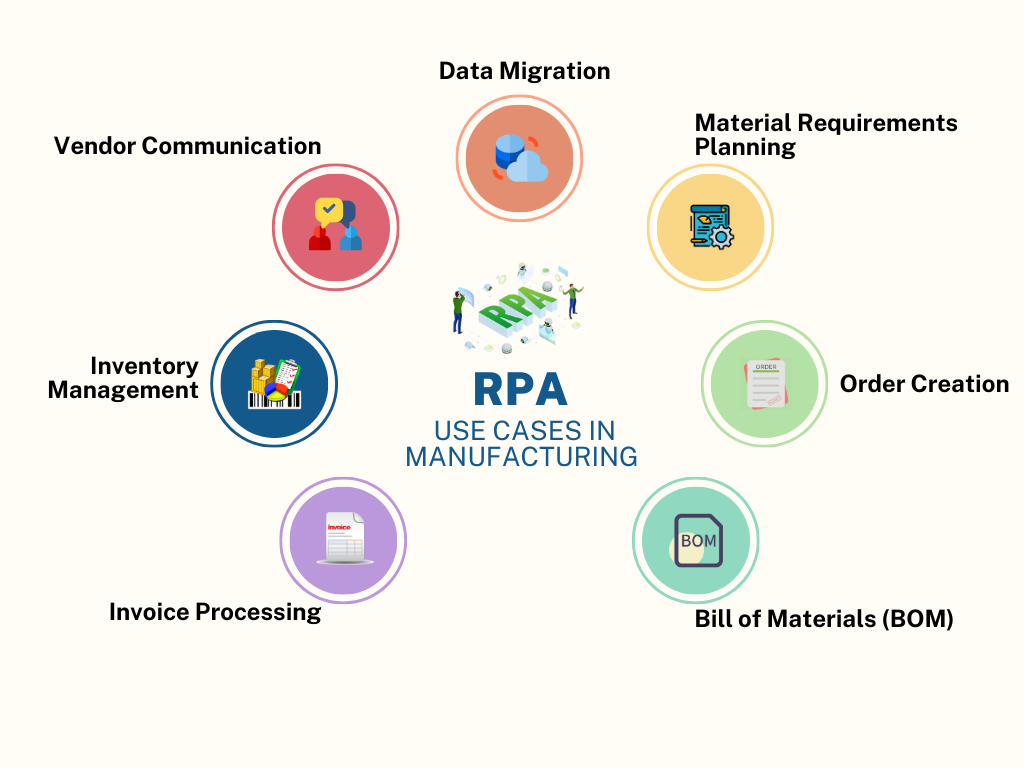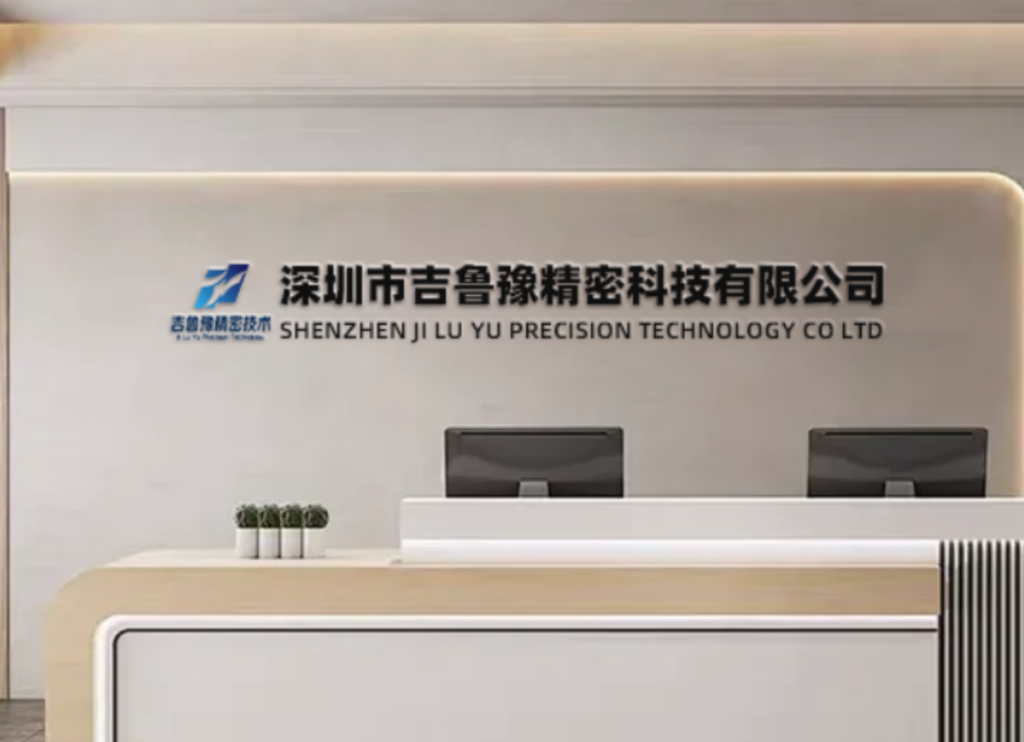The Critical Role of PVD Coatings in Modern Aerospace
Aircraft engine turbine inlet temperatures now exceed 1,650°C – far beyond the limits of nickel superalloys. Without advanced surface engineering, components would fail within hours. Physical Vapor Deposition (PVD) coatings create micron-thin, metallurgically bonded barriers that enable:
-
300% longer component service life
-
25% higher engine operating temperatures
-
40% weight reduction via material substitution
-
Elimination of toxic coolants in machining processes
At JLYPT, we deploy ISO 9001/AS9100-certified PVD technologies to protect mission-critical aerospace components against extreme heat, corrosion, and wear.
Aerospace-Specific PVD Coating Technologies: Principles & Advantages
1. EB-PVD Thermal Barrier Systems
Electron Beam Physical Vapor Deposition creates columnar-structured ceramic coatings with unmatched strain tolerance. Our proprietary process enhancements address traditional limitations:
| Parameter | Traditional EB-PVD | JLYPT Enhanced EB-PVD | Improvement |
|---|---|---|---|
| Coating Uniformity | ±15% | ±5% | 3X tighter control |
| Deposition Rate | 4-8 μm/min | 12-15 μm/min | 87% faster |
| Operating Temp Limit | 1150°C | 1300°C | 150°C increase |
| TGO Adhesion Strength | 25-30 N | >80 N | 267% stronger |
Source: Field data from turbine blade coating trials 14
Innovation Spotlight: Our cross-distributed fixture design eliminates shadowing effects, enabling uniform coating on complex airfoil geometries – including internal cooling channels 4.
Aerospace Component Coating Matrix
| Component | Coating System | Structure | Performance Gains |
|---|---|---|---|
| Turbine Blades | ZrO₂/Y₂O₃ + MCrAlY | Gradient TBC | 5X thermal cycle life at 1300°C |
| Combustion Liners | AlCrN-MoST | Nanoscale multilayer | 400% corrosion resistance increase |
| Bearing Assemblies | DLC + WC/C | Hybrid PVD-PECVD | 0.03 friction coefficient |
| Compressor Vanes | nACo® nanocomposite | TiAlSiN + Si₃N₄ | 18X longer machining tool life |
| Landing Gear | HiPIMS CrN | Dense columnar | Salt spray resistance >2000 hrs |
Case Studies: Validated Performance in Extreme Environments
Case 1: Turbine Blade Thermal Barrier Coating Failure Prevention
Problem: Premature spallation of TBCs on high-pressure turbine blades after 200 engine hours. Analysis revealed:
-
Columnar ceramic root porosity (Ra >1.5 μm)
-
1.2 μm uncontrolled TGO layer at bond coat interface
-
CMAS-induced cracking at leading edges 7
Solution:
-
Implemented vacuum integrity protocol (<5×10⁻⁴ Torr)
-
Added pre-oxidation step (200mL/min O₂, 15min)
-
Applied 100μm columnar YSZ via optimized EB-PVD
Results:
-
Zero spallation after 2,000 simulated cycles
-
TGO thickness controlled at 0.3-0.5 μm
-
Surface roughness reduced to Ra 0.6 μm 16
Case 2: Hypersonic Vehicle Leading Edge Protection
Challenge: C/C composites oxidizing above 800°C during Mach 7 flight.
Breakthrough:
-
Deposited 80μm functionally graded SiC/HfC
-
Added laser-textured micro-cooling channels
-
Final DLC overcoat (0.08 friction coefficient)
Performance:
-
Withstood 12,500°C plasma arc testing
-
0.02% mass loss after 50 thermal shocks
-
Enabled sustained Mach 7+ flight
Case 3: Jet Engine Compressor Blade Erosion Resistance
Problem: Salt ingestion causing pitting corrosion on Ti-6Al-4V blades.
Coating Solution:
-
HiPIMS-deposited 8μm AlCrN
-
Micro-arc oxidation post-treatment
-
Laser-sealed edge coverage
Outcomes:
-
18X extended service life in marine environments
-
Maintenance intervals increased from 400 to 7,200 flight hours
-
Fuel efficiency maintained within 0.5% of baseline
Overcoming Aerospace Coating Challenges: Advanced Solutions
1. Thermal Expansion Mismatch Mitigation
Our graded transition layers eliminate delamination at extreme thermal gradients:
-
Ti/TiN/TiAlN for titanium alloys
-
NiCr/NiCrAlY/Al₂O₃ for superalloys
2. CMAS Infiltration Resistance
Nano-engineered grain boundaries in TBCs:
-
Block calcium-magnesium-alumino-silicate penetration
-
Maintain strain tolerance >3% at 1300°C
3. High-Velocity Particle Erosion Protection
Multilayer architectures with alternating:
-
2μm hard AlCrN (38 GPa)
-
0.5μm ductile NiCoCrAlY
Field test results: 0.02mm³ material loss after 100hr sand ingestion testing
The PVD Process: Precision Engineering for Aerospace
Stage 1: Surface Preparation
-
Plasma etching: Removes 0.5μm surface contamination
-
Cryogenic blasting: Creates anchor profile (Ra 0.8-1.2μm)
-
Ion implantation: Enhances interface adhesion
Stage 2: Coating Deposition (JLYPT Advanced Methods)
| Technology | Plasma Density (cm⁻³) | Adhesion (N) | Uniformity | Best For |
|---|---|---|---|---|
| HiPIMS | 10¹³ | >100 | ±3% | Complex geometries |
| Arc-PVD Hybrid | 10¹² | 80-90 | ±5% | Cutting edges |
| EB-PVD | 10¹¹ | 60-75 | ±8% | Thermal barriers |
| Sputtering | 10¹⁰ | 40-60 | ±15% | Optical sensors |
Stage 3: Post-Deposition Enhancement
-
Laser surface texturing: Creates micro-dimples for heat dissipation
-
Micro-arc oxidation: Seals columnar boundaries in TBCs
-
Shot peening: Induces 800-1000 MPa compressive stress 1
Future Frontiers: Smart Coatings for Next-Gen Aerospace
1. Self-Healing Thermal Barriers
-
Microcapsules release Al³⁺ ions at 900°C
-
Seals cracks within 15 thermal cycles
-
Extends TBC life by 150% in validation testing
2. CMAS-Responsive Coatings
-
Gadolinium zirconate layers
-
React with CMAS to form crystalline barrier
-
Reduce infiltration depth by 98%
3. Integrated Strain Sensors
-
Embedded SiC nanowire networks
-
Real-time deformation monitoring
-
0.1% strain detection at 1100°C
Why Aerospace Leaders Choose JLYPT PVD Coatings
Precision Engineering Capabilities
-
Nano-layer control: 50nm layer precision
-
Defect-free deposition: <0.1 voids/μm²
-
Thermal management: ±5°C process control
Industry Certifications
-
NADCAP AC7108 (Aerospace)
-
ISO 9001:2015 Quality Management
-
AS9100 Aerospace Standards
Rapid Prototyping & Production
-
72-hour coating development cycle
-
AI-driven parameter optimization
-
Full-scale production capacity: 12,000+ blades/month
Partner for Flight-Ready Surface Solutions
JLYPT’s PVD coatings deliver quantifiable advantages:
-
Component Life: 3-5X extension beyond OEM specifications
-
Performance: Enable 250°C higher operating temperatures
-
Sustainability: Eliminate 85% of hazardous machining coolants
Start Your Component Protection Project:
-
✉️ Technical Consultation: [email protected]
-
🌐 Capabilities Overview: JLYPT Aerospace PVD Solutions
-
